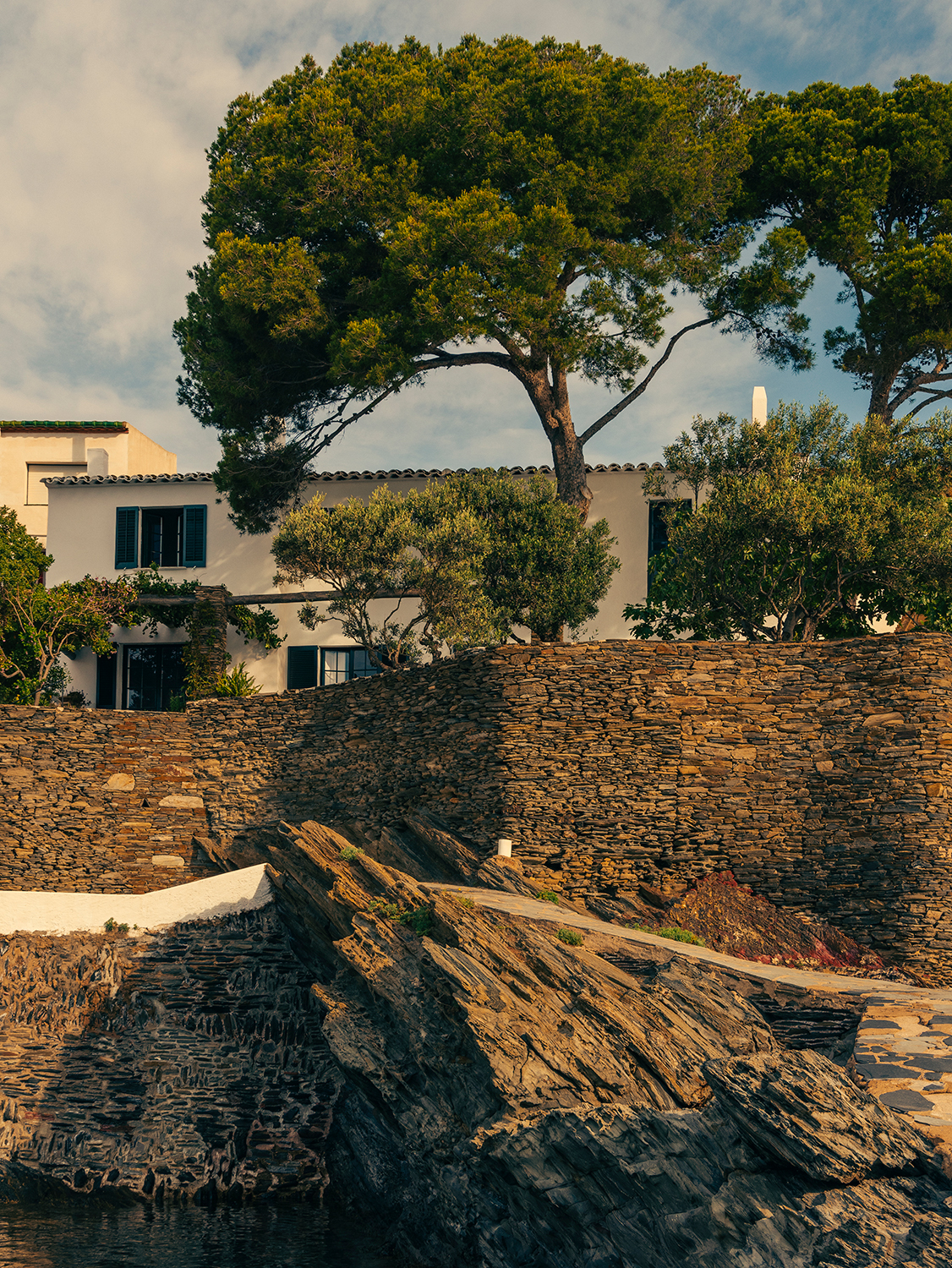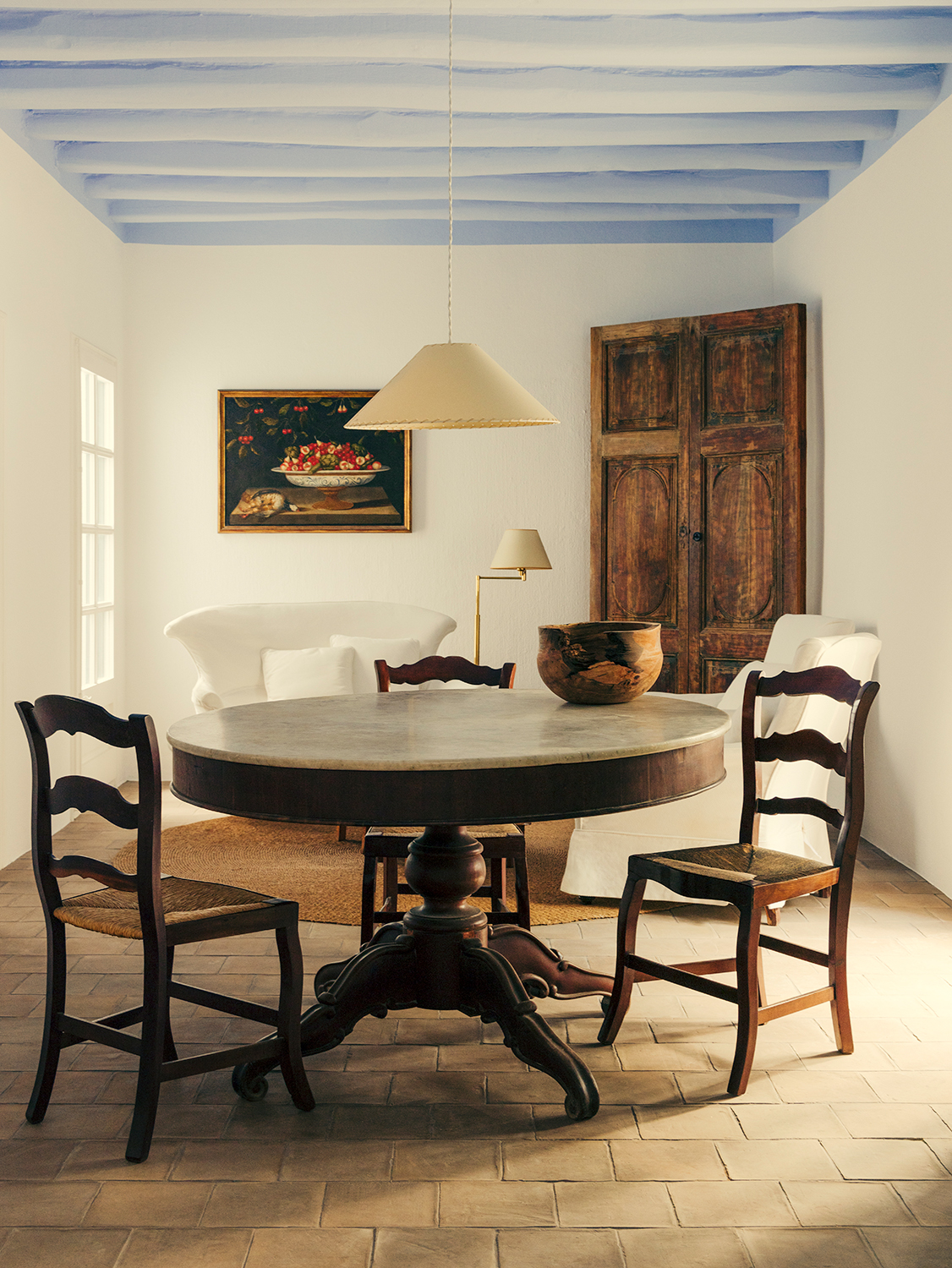
The Palm Tree House
Layers of time, vaults and light
“When my great-grandfather, walking around Cadaqués, discovered that an ensemble of fishermen’s homes were for sale”, architect Victor Bergnes de las Casas begins explaining, and continues, smiling, “he fell so in love with them and was so sure he wanted to buy them, that he borrowed money from all the friends who were there in order to make a down payment in situ and not lose that opportunity.”
It was the second quarter of the 20th century, and I can envision a transaction carried out with joy, freshness, and well-calculated spontaneity. These are some of the characteristics that have shaped the spirit of the house throughout its different stages.


Little is known about the history of these homes before they became the property of the architect’s ancestors. Some vestiges remain, such as, for example, a date marked on a stone at the entrance: 1733. Almost three centuries later, Victor, having traveled the entire world, worked alongside the renowned architect Tonet Sunyer and carried out several projects from his own studio —the name of which cannot be missed: Bergnes de las Casas, he was commissioned by his family for the recent renovation of the Palm Tree House. This is how this place is still known today in Cadaqués: the great-grandfather, also a great traveler, imported a palm tree and planted it in the patio.

“For years there was no other tree like this in the entire village, and it attracted so much attention that it was always associated with this house. The palm tree disappeared, but the name stayed.” With this anecdote, Victor illustrates the way in which he has been pulling the thread with the utmost care and respect to preserve a tradition of typical Mediterranean constructions and the prints that each of his ancestors have left over the decades. At the same time, with the new transformation, he has managed to provide a new contemporaneity to spaces already overflowing with legacies.



